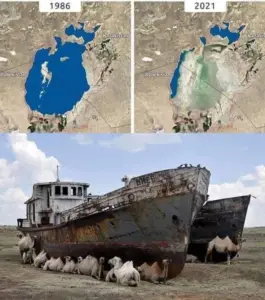In terms of groundwater hydrology, the underground soil water is classified in to two basic zones:-
a) Zone of Aeration
b) Zone of Saturation
Zone of Saturation – Pheratic Zone
Zone of Saturation, also termed as Pheratic zone, is the one in which all the voids of the soil is completely saturated and filled with water under hydrostatic pressure.
Word Pheratic originates from Greek word Pherat meaning well or spring. One other simple definition of Pheratic Zone or Saturated Zone is that it is the space below water table that consists of an aquifer (a water body). The direction of ground water will be determined by the slope of pheratic surface.
Zone of Aeration – Vadose Zone
Zone of Aeration, also termed as Vadose zone or unsaturated zone, is that portion of sub-soil in which interstices or pores are filled partially with air and partially with water. The word Vadose is derived from Latin meaning Shallow.
Like Us on Facebook!
One simple definition of zone of aeration is space above water table and below the surface of earth is known as aeration zone.
Subscribe Us on YouTube!
The water present in vadose zone is at or below atmospheric pressure. The unsaturated, vedose or aeration zone is further classified into three sub zones:-
a. Soil – water Zone: This begins at the ground surface and extends downward through the major root zone. Its total depth is variable and dependent upon soil type and vegetation. The zone is unsaturated except during periods of heavy infiltration. Three categories of water classification may be encountered in this region: hygroscopic water, which is absorbed from the air; capillary water, which is held by surface tension and gravitation water, which is excess soil water draining through the soil.
b. Intermediate Zone: This zone extends from the bottom of the soil-water zone to the top of the capillary fringe and may vary from nonexistence to several hundred feet in thickness. The zone is essentially a connecting link between the near-ground-surface region and the near-water-table region, through which infiltrating waters must pass.
c. Capillary Zone: This zone extends from the water table to a height determined by the capillary rise that can be generated in the soil. The capillary-zone thickness is a function of soil texture and may vary not only from region to region but also within a local area.




















